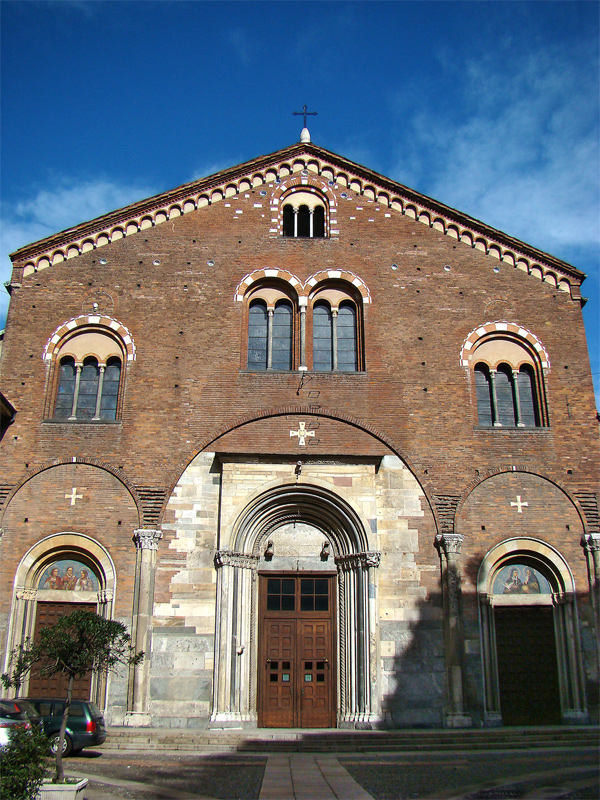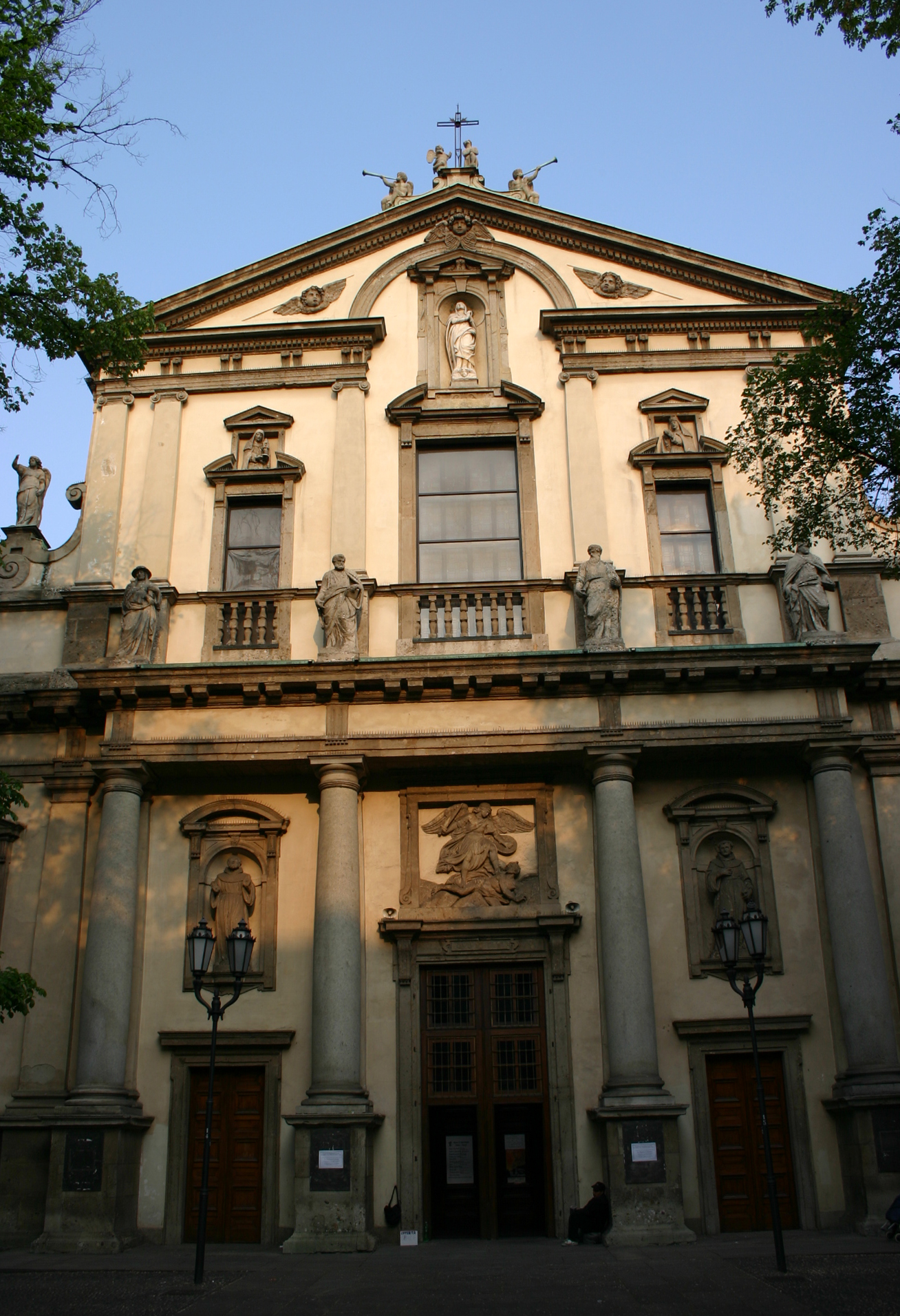Nymphenburg Palace (Schloss Nymphenburg ), one of the baroque palaces of Europe's most beautiful, was growing from an Italian-style villa built between 1663 and 1664 to the elector Henriette Adelaide from a design by Agostino Barelli.
Built to be used as a summer residence of the Wittelsbach family, the rulers of Bavaria, the palace was dedicated to the pleasures of the goddess Flora and her nymphs, hence the name. Over the years undergone several expansions, including the construction Four pavilions designed by Joseph Effner, who directed the works since 1715. Located next to the original villa, these halls were connected by arched galleries.
with extensive gardens and a very particular provision is particularly remarkable stone hall (Steinerner Saal) in addition to the "Gallery of beauties", which displays a collection of portraits of beautiful women commissioned by Ludwig I.
»History:
To celebrate the birth of his son and heir Maximilian II Emanuel, Elector Ferdinand Maria and his wife Henriette Adelaide Savoy commissioned the architect Agostino Barelli to build his summer residence west of Munich, by the cube-shaped building in 1664. The central pavilion was completed in 1675. In 1701 the heir of the sovereign duchies of Bavaria, Maximilian II Emanuel, led a systematic expansion of the palace. Were added two wings, one south and one north of the original palace Barelli, performed by Enrico Zuccalli and Giovanni Antonio Viscardi. Later, the southern section of the palace was extended further to form the stable. To balance was added to an orange grove north (Orangerie). Finally, it was built a large circle with mansions Baroque (the Schlossrondell) under the government of Max Emanuel's son, the future Emperor Charles VII Albert. Two of his seven children would be born in the palace, Maria Antonia (future Elector of Saxony) in 1724 and Ana Maria Josefa (future Marchioness of Baden-Baden) in 1734.
With the signing in July 1741 of the Treaty of Nymphenburg, Carlos Alberto VII made an alliance with France and Spain against Austria. For a long time, the palace was the summer residence of the rulers of Bavaria. King Maximilian I died there in 1825, and his grandson, King Ludwig II was born there in 1845. Here died the Infanta Paz de Bourbon in 1946 after residing there for many years.
Today, Nymphenburg is open to the public, yet is home and headquarters of the House of Wittelsbach.
"The palace (Schloss):
The palace, with its park, is now one of the most famous of Munich. The Steinerner Saal (Hall of Stone), with frescoes on the roof of Johann Baptist Zimmermann and François de Cuvilliés decorations, is an impressive place. Acting as a large living room, occupies three floors of the central hall of the palace. Some rooms still show their original baroque decoration while others were subsequently redecorated en estilo rococó o neoclásico. El antiguo comedorcito del pabellón sur hoy alberga la 'Galería de Bellezas' del rey Luis I (reinó entre 1825 y 1848), con retratos de las favoritas de la corte pintados por Joseph Stieler. Entre 1827 y 1850 Stieler pintó 36 retratos, de los cuales uno (Luisa von Neubeck) se perdió. E n 1861 Joseph Stieler agregó dos más, Carlotta von Breidbach-Bürresheim y Anna Greiner . Los más conocidos son, probablemente, la 'Schöne Münchnerin' Sedlmayr Helena, una joven muniquesa de 17 años hija de un zapatero, la bailarina Lola Montez, causa de la revolución in 1848 when I Luis was forced to abdicate.
The mews house a collection of carriages that belonged to the Bavarian rulers ( Marstallmuseum ). Among the museum's main attractions are the magnificent carriages, sleigh riding and elements of King Ludwig II.
Another interesting area is the porcelain factory founded in 1747 by Franz Anton Bustelli and moved to Nymphenburg in 1761. It is one of the oldest of its kind in Europe. In another area, the Museum Mensch und Natur is dedicated to the geology and human biology.
»Schlosspark:
Nymphenburg park has approximately 800,000 m², with a marked Italian style at its inception (1671). To be expanded and renovated by Dominique Girard, a pupil of Le Nôtre, a French-style Toorn, finally to be redesigned in the early nineteenth century by Friedrich Ludwig von Sckell in English style. Preserved the main elements of the baroque gardens, such as the great parterre. The park is cut in two by a canal along the axis leading from the palace to the cascade of marble (decorated with stone figures of Greek gods) in the west. There are two lakes situated on both sides of the channel. The Dörfchen ('Small Towns'), was created under the reign of Maximilian III in the likeness of Queen Village. The Salettl (1799), a cottage with a small garden near the old game reserve and served as an attraction for the children of Maximilian IV. within the park were built several pavilions:
- Amalienburg : A rococo hunting lodge built between 1734 and 1739 by François de Cuvilliés to Charles VII and his wife Maria Amelia of Austria. Includes a hall of mirrors and a hunting dog kennel. The construction and decoration is a masterpiece of European Rococo.
- Pagodenburg (1716-1719): its octagonal shape, is formed by two pavilions fairytale with Delft tile decorations on the first floor and Chinoiserie first in the second. It was built by Joseph Effner.
- Badenburg (1719-1721): Baroque pavilion built by Effner also has a large banquet hall and a large tiled bathroom. Some rooms are decorated with Chinese wallpaper.
- Magdalenenklause (1725-1728): After a life of excess, Maximilian Emmanuel commissioned the construction of the chapel to pray and meditate.
- Lackkabinet : This little study of the seventeenth century its name from Chinese lacquered panels of black and red. It is presented in Pagodenburg.
- Monopteros : Leo von neoclassical Temple Klenze, built between 1862 and 1865.
the north of the great parterre is the huge Munich Botanical Garden.
» text Sources: " Nymphenburg Palace (Wikipedia) " Germany (Visual Guides El País Aguilar)
» Links: " official website (1) 'official Web (2) " Nymphenburg Palace (German Guide) " Schloss Nymphenburg









